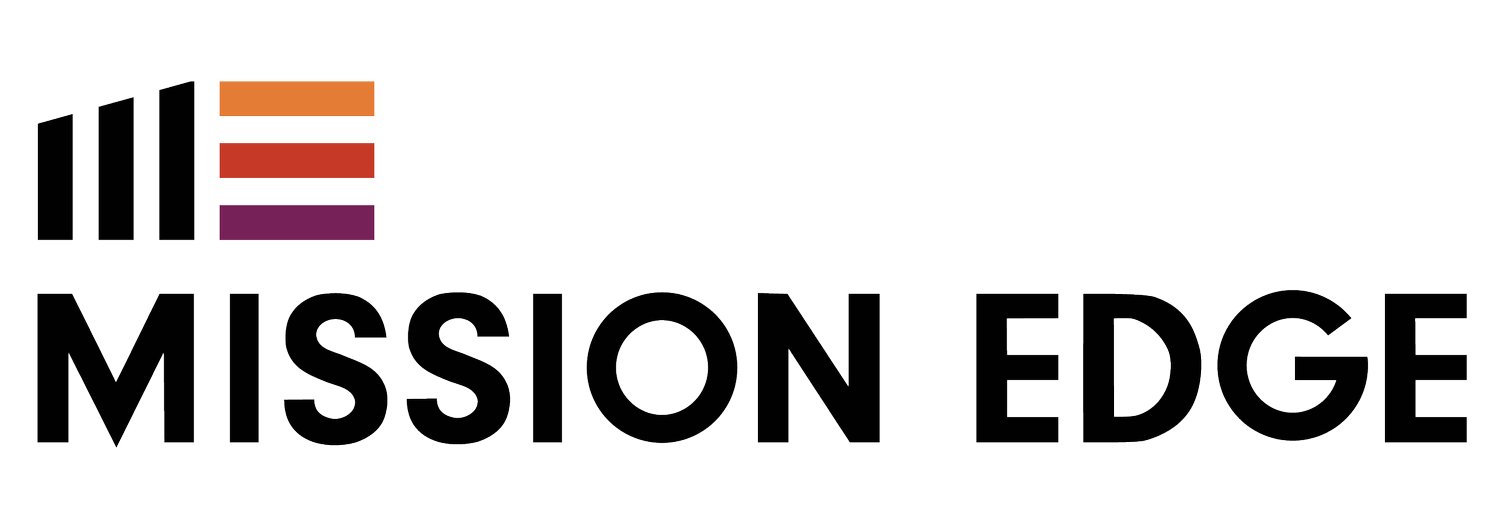Shaping the Future of Work
How flexible environments, transparency, and technology are redefining recruitment
We've all met a graphic designer who prefers working odd hours from her cozy home office, or a developer who is most productive working from a bustling coffee shop in New York City.
Their preferences and stories highlight a crucial trend in today's job market: the craving for flexible work environments.
As HR professionals and business leaders, we're not just filling positions; we're shaping lives and molding the future of work for the next generation.
That's why paying attention to how people want to work and how those preferences are changing is essential.
What Candidates Are Seeking
Transparency in organizational policies, compensation, and career growth opportunities isn't just appreciated; it's expected. These elements are vital to unlocking potential and fostering trust – something we've seen transform workplaces firsthand.
By clearly explaining compensation packages, salary benchmarking, and standard policies and offering transparent career advancement opportunities, organizations immediately build a foundation of trust with prospective employees. Moreover, many of today's candidates highly value a commitment to social responsibility.
But today's workforce seeks much more than a paycheck or transparent policies. They value flexible work environments that allow them to be more productive, avoid burnout, and maintain a healthy balance between their professional and personal lives (and can you blame them?). Mental and physical health are also at the forefront of their priorities. They seek roles that allow for quality time with loved ones and foster a positive and supportive work culture.
In addition, career development and upskilling opportunities are no longer buzzwords; they are the lifelines of employee engagement and satisfaction. Regular check-ins to discuss work and personal development will attract candidates and help you retain existing employees.
Technology Trends and Recruitment Best Practices
Structured processes that clearly define success, budget, and recruiting plans are crucial when recruiting talent. Asking the right questions during the interview and prioritizing a positive candidate experience can also make a significant difference.
Remember: most job seekers will look at your online presence before applying. It's essential to keep up with your digital presence by updating employer profiles on job boards and LinkedIn, highlighting employee testimonials, and sharing company stories.
Engaging with potential candidates on social media is not just about visibility; it's about building a relationship with your talent community.
Here are a few areas you should make sure are optimized for mobile users:
Career sites you may appear on
Job postings
Applications.
It can also be helpful to utilize SMS for quick communication, and to use chatbots for more personalized communication. Applicant Tracking Systems (ATS) can also help automate your recruitment process.
Data-Driven Metrics in Recruitment
Employee referral programs, building a talent community early, limiting decision-makers to expedite processes, and utilizing screening tools and video interviews are some strategies being adopted to reduce the amount of time and money it costs your organization to hire someone new. But data-driven metrics can help your team streamline that process as you go.
Metrics such as…
Time to fill
Time to hire
Source of hire
Cost per hire
Quality of hire
Offer acceptance rates
…are critical indicators of the efficiency and effectiveness of the recruitment process.
Lean on Mission Edge's HR resources in your recruitment process.
It's no secret that recruitment is undergoing a significant transformation, driven by technology and a deeper understanding of what candidates seek in a job. By staying ahead of these trends and adopting best practices, your organization can grow sustainably, attracting and retaining the best talent.
Mission Edge can provide operational support for your nonprofit so you can focus on your mission.
We can help you to:
✔ Streamline your operations
✔ Hire with confidence
✔ Promote your values
✔ Cultivate a positive culture
✔ Maintain compliance
✔ Receive expert analysis
✔ Offer training & development
✔ Recruit volunteers

















